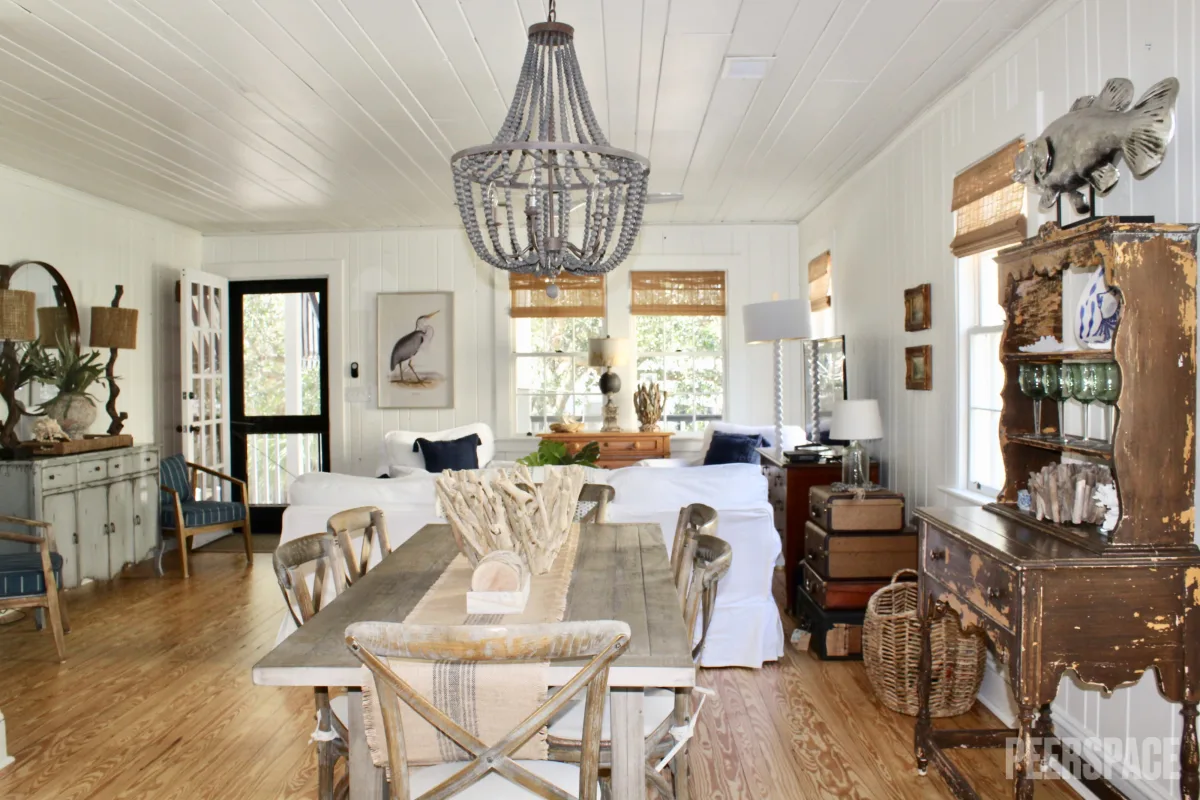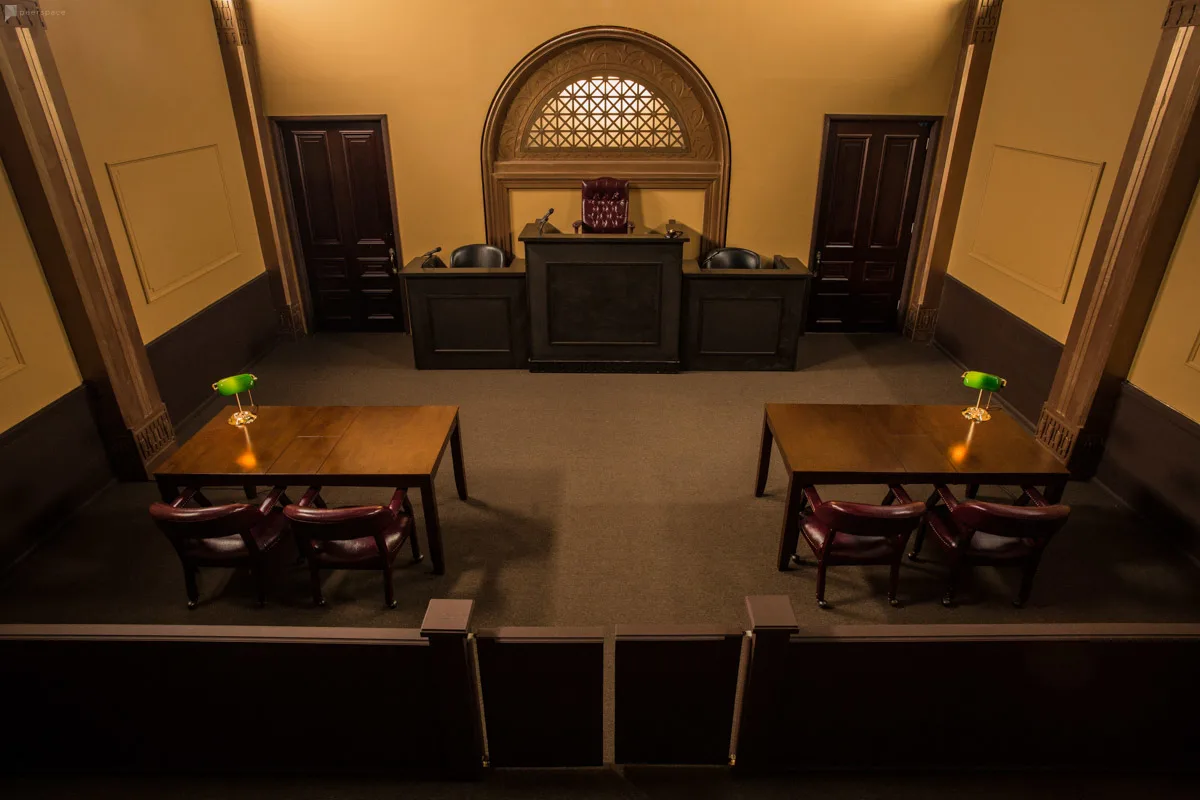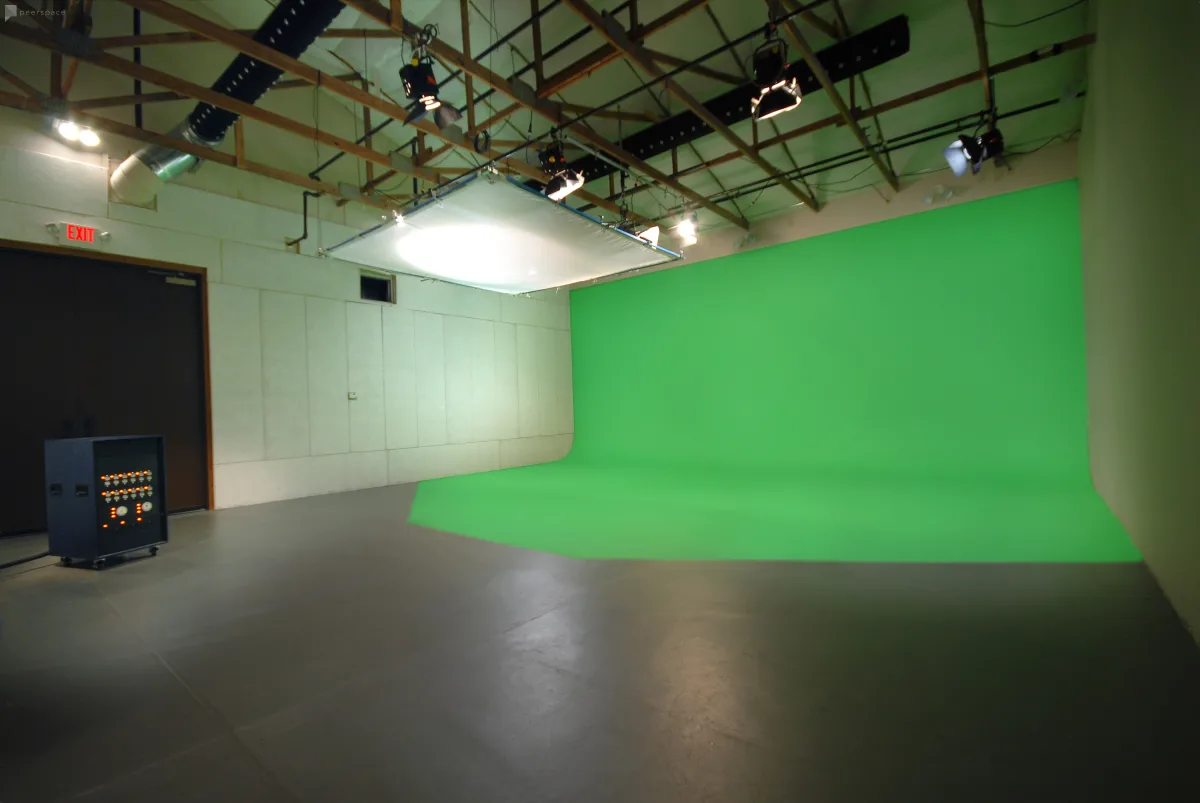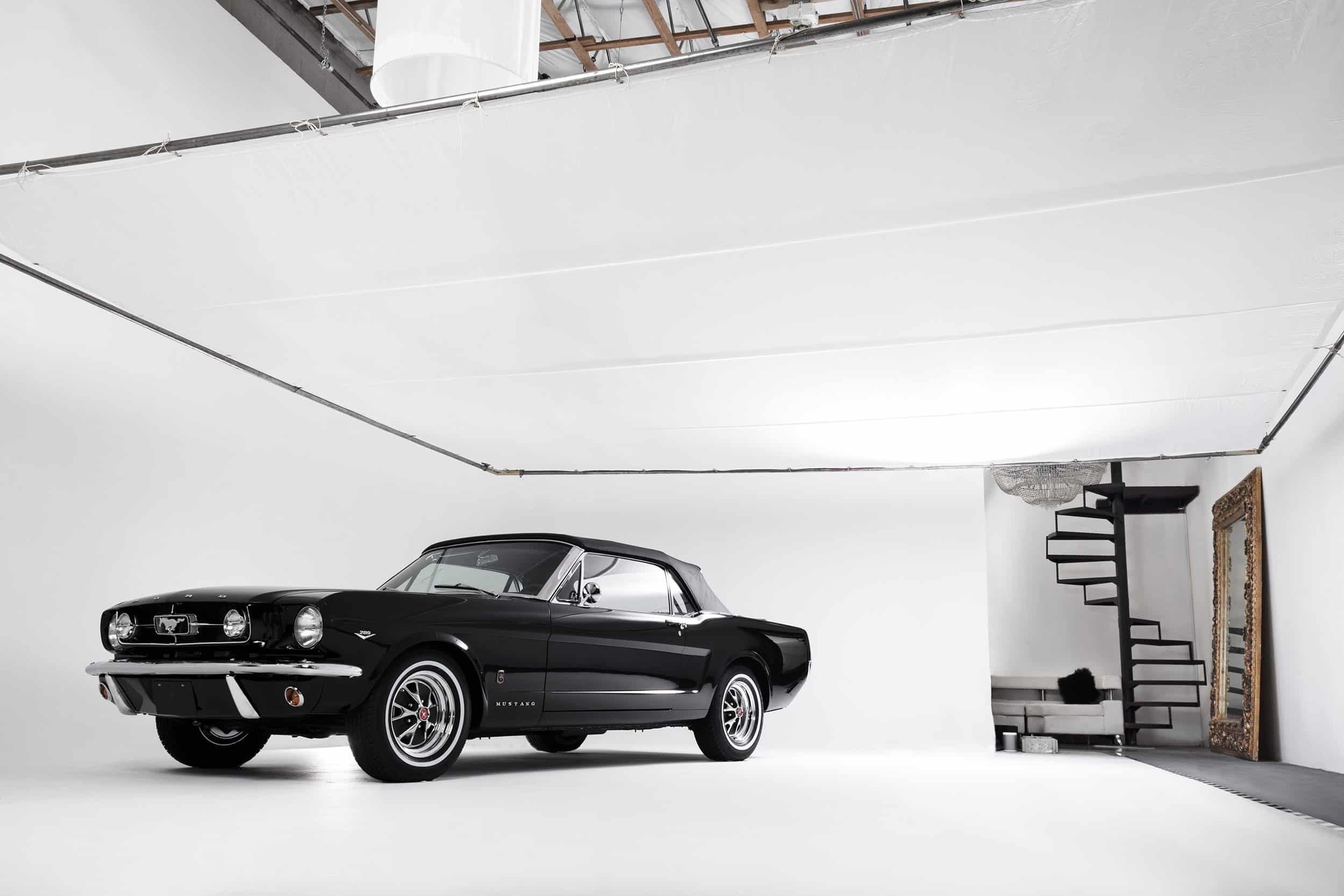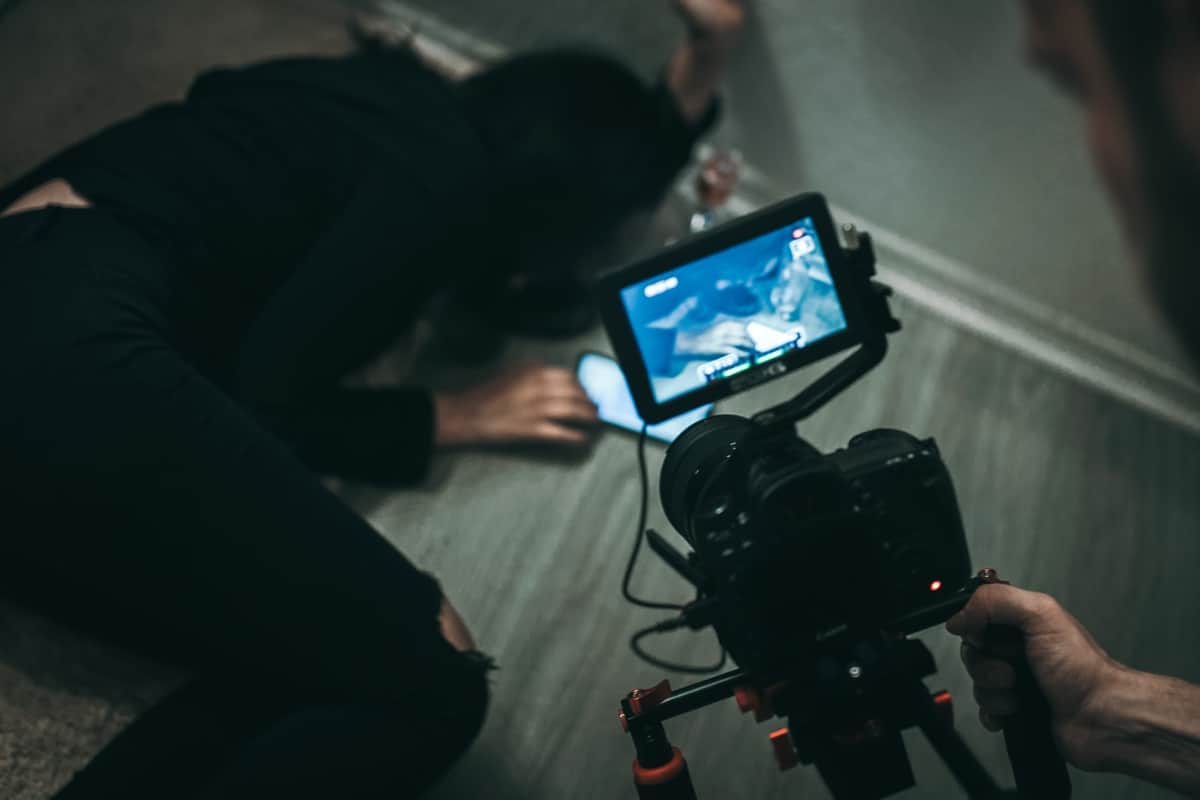
Source: Unsplash
What is a jump cut? This video style can really make your production stand out. After all, you’ve prepared for a video shoot: you have the location booked on Peerspace, the set ready to go, and a general idea of what you’d like your end video to look like. If you’re asking yourself, “what is a jump cut?” or already know what it is, but you’re looking for some tips for how to use it in your video, we’ve got you covered!
We’ll explain what jump cuts are, look at some examples, show you when and why they are used and give you an idea of how they are different from cut-ins.
What is a jump cut?
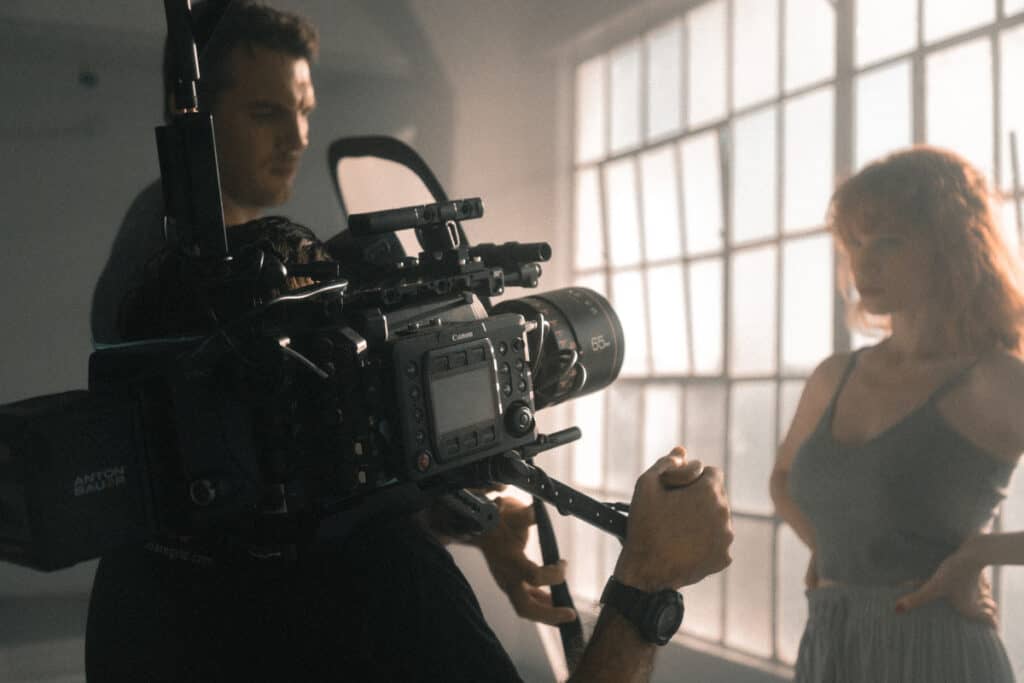
Let’s start with the basics. A jump cut is created in post-production and involves editing two shots together that couldn’t exist sequentially in real life. It would be like if you looked up from your computer screen, saw an empty room, and then suddenly — someone appears!
An example of a jump cut you might have seen recently is the Tik-Tok outfit change challenge. In these Tik-Tok videos, you know the person didn’t change outfits in the blink of an eye — so how did they show off their entire wardrobe in a matter of seconds? They used jump cuts!
Jump cuts can feel pretty jarring and unnatural, but they can be a great tool for your videography toolbox if used correctly.
What is the difference between jump cuts and cut-ins?

Jump cuts and cut-ins are great cuts to use in videography, but for different reasons! Both cuts are used in post-production to cut from one shot to another, but unlike jump cuts, cut-ins follow a logical progression and don’t feel like jarring.
A cut-in takes a wide shot and focuses on a specific shot area to provide more detail. For example, a jump shot of you at your computer may show you looking at the screen and then “jump” to a shot of just your eyes viewing the screen. Cut-in shots are commonly used in documentaries and news segments. Cut-ins can also create a dramatic effect but are unlikely to feel as “unexpected” as a jump cut does!
When should you use jump cuts?
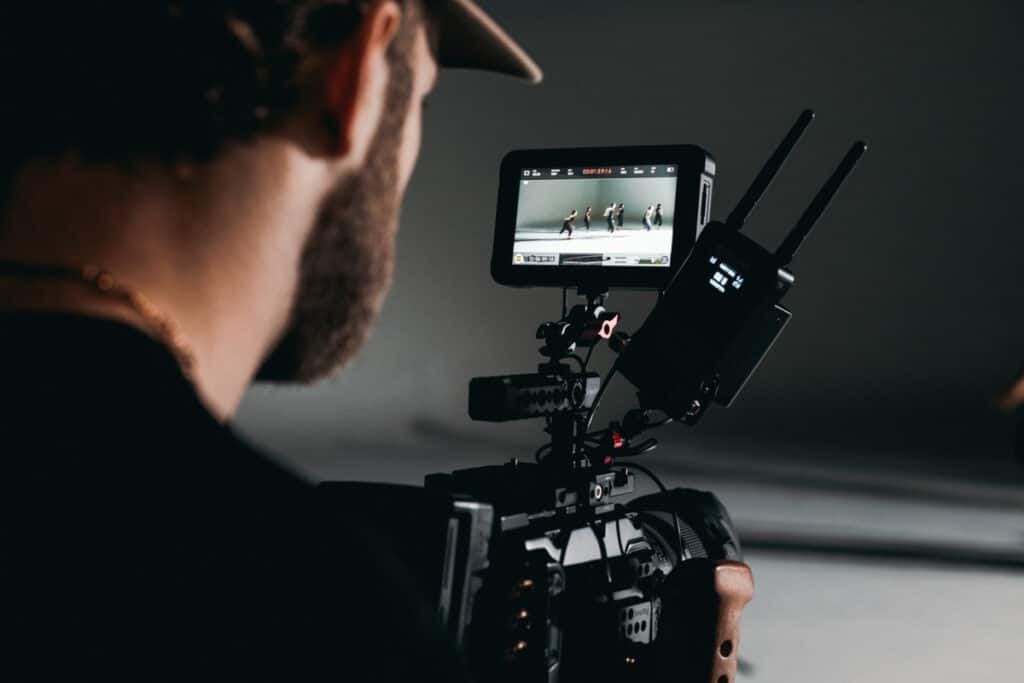
Now that you know what a jump cut is, you are probably wondering but “what is a jump cut actually used for?!” Whether you are filming a short tik-tok, a feature-length film, or a documentary, you can find a way to use jump cuts effectively!
Here are a few situations where jump cuts are frequently used:
1. Before and after videos
The two main tools for showing a scene that’s changed or changing without playing the video in real-time are time-lapses and jump cuts. Time lapses are great for showing progression in situations where the whole scene is interesting, like a sunrise, but happens slowly. On the other hand, jump cuts are more useful for scenes where the beginning and end of the video are interesting, but everything in between isn’t.
Cooking shows are a great example of this. No one cares to watch a cake bake in the oven. They want to see what the cake looks like before it goes in the oven and then what it looks like once it’s done! This Youtube video takes you through the steps of how to edit jump cuts into your cooking videos.
2. Fast-forward or jump back through time
Skip through time using a jump cut! This is similar to the before and after concept, but the chunk you take out of a sequence might be longer— like how about a jump back to 1955? In “Back To The Future” a jump cut is used to save Marty from hitting a sign, and he hits a scarecrow instead. You can also use a jump cut for a character to “think back” on an event in the past or replicate the feeling of deja-vu.
3. Highlighting a routine
Jump cuts can also be used to show a character’s daily routine, a repetitive action, or to highlight how mundane a character’s life is! This clip from The Fast and The Furious uses jump cuts to show the morning routines of Hobbs and Shaw because, let’s be honest, you don’t want to watch 5 minutes of them both cooking an egg!
4. Adding humor
Jump cuts make it obvious that the film has been edited, and it’s not a natural or seamless passage of time. Using jump cuts to quickly show a sequence of events can lighten the mood, like in this fun jump cut sequence from Shaun of the Dead.
5. A magical or horror effect
Jump cuts do more than provide comedic relief, though! A classic use for jump cuts is to either surprise the audience with something magical… or something terrifying! In horror movies, you can use jump cuts to show a “flash” of a horror scene in an otherwise unsuspecting scene— like in this scene from “The Shining.” Jump cuts can also be used to magically make something or someone appear from thin air, like characters in Harry Potter using “floopowder” to transport themselves.
These are just a few ideas for using jump cuts — there are tons of fun and original ways to incorporate the technique into your filming!
Find unique film shoot locations on Peerspace
Get together somewhere better
Book thousands of unique spaces directly from local hosts.
Explore SpacesShare your space and start earning
Join thousands of hosts renting their space for meetings, events, and photo shoots.
List Your Space

